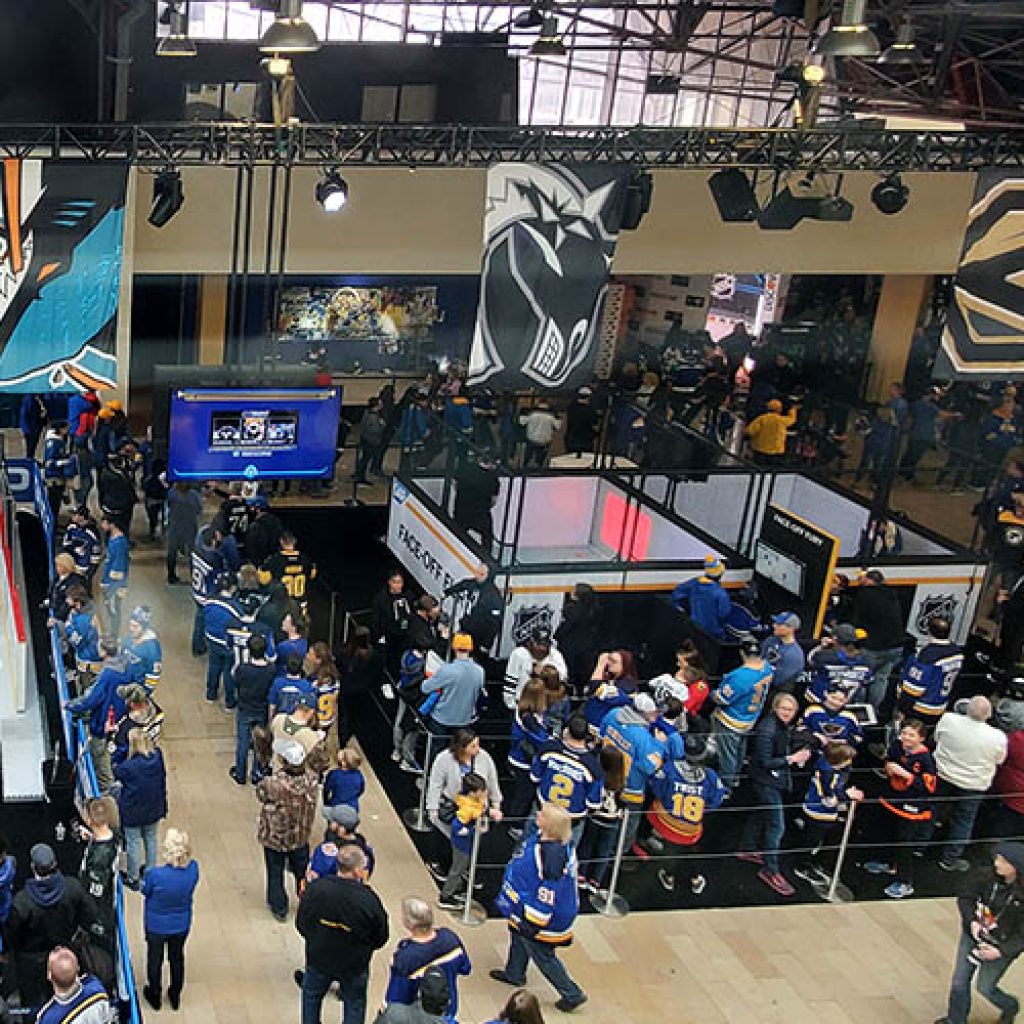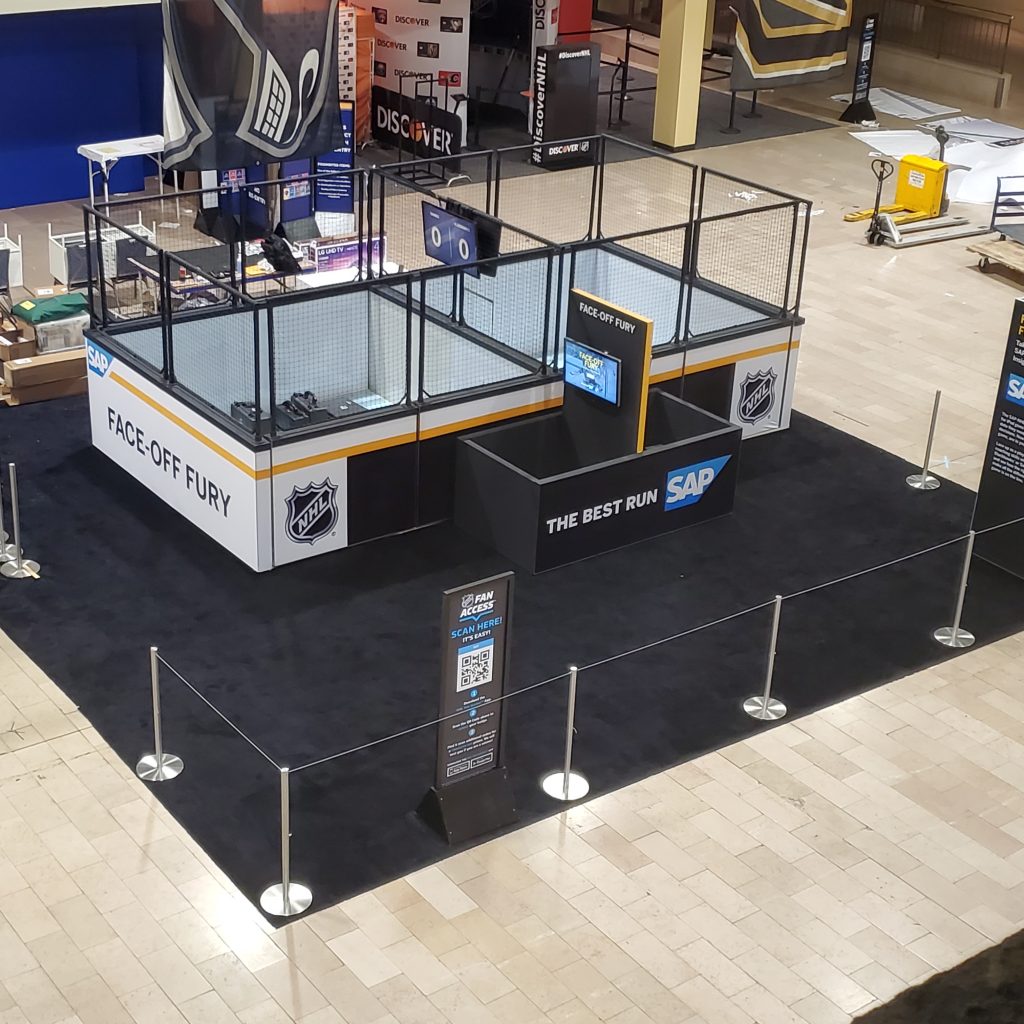Expert Tactics To Achieve Flawless Exhibition Management
-
AUTHOR: RLO
-
October 11, 2024

Expert Tactics To Achieve Flawless Exhibition Management
Exhibitions are a prominent display of products, services, and innovation. The better the organization of an exhibition, the more it can either break or make your business’s first impression. Therefore, successful management of an exhibition will result in error-free execution and a valuable experience for exhibitors and attendees.
Let us dive into how to have flawless exhibition management with crucial logistics and event management tactics that will help lift your event to greater heights.

What is Exhibition Management?
Exhibition management is a tactical process of planning coordination, and execution, which covers all activities ranging from booth design and setup to managing relations with exhibitors and attendees. All this goes into making an exhibition a success for businesses that want to reach their target audience, build partnerships, and showcase their offerings on a grand stage.
Exhibitions serve as a key measure of effective marketing and sales channels, drawing in more attendees and providing a higher return on investment (ROI) for exhibitors. They can attract hundreds or even thousands of visitors, making them a valuable opportunity for exposure and engagement. Therefore, it is important to have a strong system in place to manage the event’s logistics, timing, and overall flow. An exhibition management company can help you with effective planning of execution of the event.
The Key Elements of Successful Exhibition Management
For an event to be deemed a success in an exhibition, several critical elements must work together. Here is the list of key points you need to focus on:
1. Pre-Event Planning
Any successful exhibition depends on proper pre-event planning. This comprises budgeting; selection of the right venue and designing the floor plan for your exhibition. All these decisions directly affect the outcome of the exhibition.
It means coordinating with several stakeholders, from the exhibitors, contractors, venue managers to suppliers. All parties involved must be aligned from the start. Clear goals for the event should be established during the planning stage. These goals may include specific targets, such as the desired number of exhibitors or the anticipated foot traffic at the venue.
2. Vendor and Supplier Coordination
A smooth event requires collaboration between multiple vendors, including those who provide exhibition stands, AV equipment, lighting, and more. Logistical management of the event would come in handy, as it ensures that vendors deliver on time and to your expectations.
Having proper coordination with suppliers would save events from last-minute hiccups that may disrupt smooth running. Maintaining open lines of communication and offering solutions to potential problems would keep everything running smoothly when hosting an exhibition.
3. Logistics and Transport
Logistics and event management are the cornerstones of success for any exhibition. Efficient event logistics management ensures that the material, product, or equipment arrives at the venue at the right time and in good condition. Shipping delays and damaged goods can be expensive to businesses; therefore, it is an important group of professionals focused on transportation, customs clearance, and managing stocks.
The transportation of goods in the logistics management process and delivery and distribution of event materials such as banners, brochures, and giveaways, are all done safely and systematically with respect.
4. Marketing and Promotion
Exhibition marketing and promotion remain an essential component of driving footfall. You want people interested in attending who are your customers, partners, and investors. Therefore, there is a strong need for digital marketing tools, such as social media campaigns, email marketing, and website optimization, to generate excitement and anticipation for the event.
It can also jointly work with the exhibitors to promote their participation to gain more mileage for the event. Proper marketing translates into good attendance for the exhibition, where your exhibitors are exposed to a good number of potential customers.
The Role of Event Logistics Management in Exhibitions
Logistics would present the biggest challenge to any large event, but in exhibitions, this becomes much more complicated as you are dealing with hundreds of participants with unique requirements.

Streamlining Event Logistics
An effective event logistics plan starts with some planning before an event such that all the materials, displays, and resources will already be available at the time of the event. This also means that logistics managers manage the transportation, warehousing, and on-site delivery of exhibition materials.
The exhibition stand and products depend on the event management team to get them to the venue on time. Logistics is at the helm in trying to foresee any possible problems in transport to inventory control.
On-site management
The on-site logistics management can ensure a smooth set-up and demolition. This might entail ensuring the exhibition stands, materials, and technology are in place and ready to roll when the event gets underway. Thus, coordination with vendors and exhibitors should occur ideally on the day of the event to prevent any last-minute issues.
A well-managed event site also leaves an impact on the overall experience of the attendees. On-site logistics consist of organizing the inflow of foot traffic, signage, and security measures.
How to Ensure a Seamless Event with Comprehensive Exhibition Services
Event success hinges on several factors, and offering comprehensive exhibition management services is critical. These services should encompass the complete event lifecycle, including planning, logistics, and execution.
Venue Selection and Management
Choosing the right venue is a critical aspect of exhibition management. Among other important considerations, you should also examine accessibility, space, and facilities in that venue. The space should be adequate to hold your guests and exhibitors.
After choosing a location, the team of the exhibition management company must collaborate with the staff members there to handle ground-level setup, electricity, lighting, security, and food. If you have a good connection with the venue’s ground crew, all of your exhibitors will be able to access the facilities they need.
Attendee Engagement and Experience
Event management goes beyond logistics. Attendee engagement is essential to creating a memorable exhibition experience. Event apps, digital kiosks, and interactive sessions can enhance engagement, helping attendees find exhibitors and products that interest them.
Additionally, offering amenities like seating areas, charging stations, and easy navigation helps improve the overall event experience. For example, technology such as augmented reality (AR) can create an immersive exhibitor booth that can engage the visitor further by interacting with the products in a new way.
The Significance of Following Up After an Event
The work does not end after the exhibition. A successful follow-up after the event ensures that participants and exhibitors have a sense of worth and gratitude. Send a survey after the exhibition to gather feedback from participants and submit post-event reports to the exhibitors.
The performance evaluation of the exhibition can also provide what worked and what did not during the experience. In addition, after the event, one can engage the public in the exhibition through posts of pictures, videos, or highlights of the event.
Conclusion: Elevate Your Event Success with Flawless Exhibition Management
Exhibition management pertains to putting together and executing careful, meticulous logistics while leaving no stone unturned to ensure exhibitors and attendees all have memorable experiences at the event. Mastering logistics and event management with the help of experts could be the surefire way of making your event truly exceptional in an impact-creating manner.
If you implemented effective techniques, your show would go off without a hitch and even beyond the expectations of the attendees. That secures the standing of your event planning company and promotes recurring business, where every event becomes a turning point toward even greater success.
 © 2019 E1, LTD.
© 2019 E1, LTD.